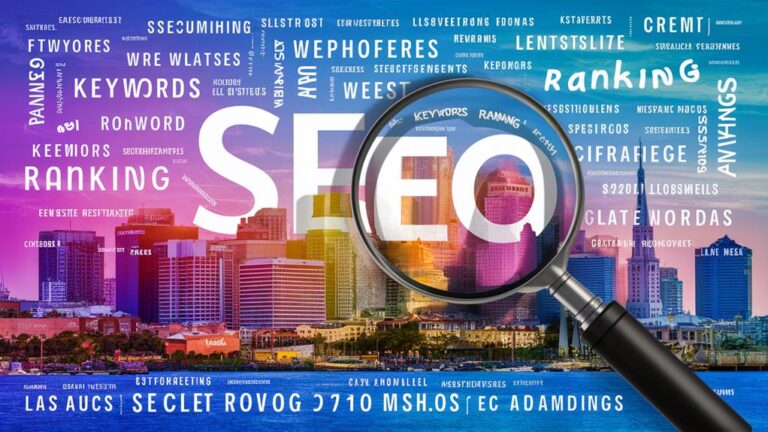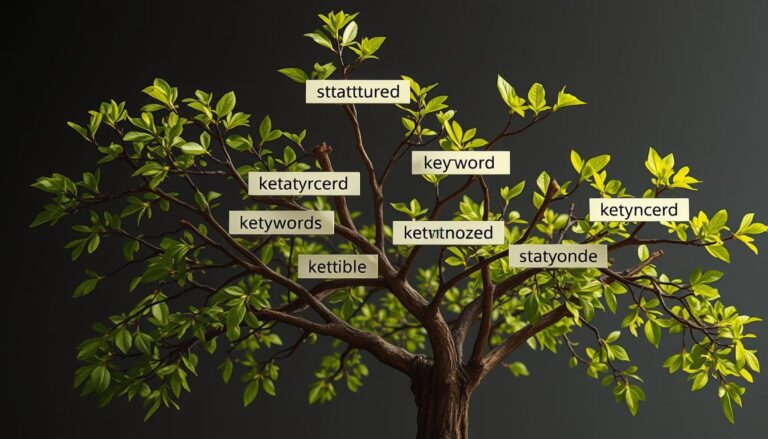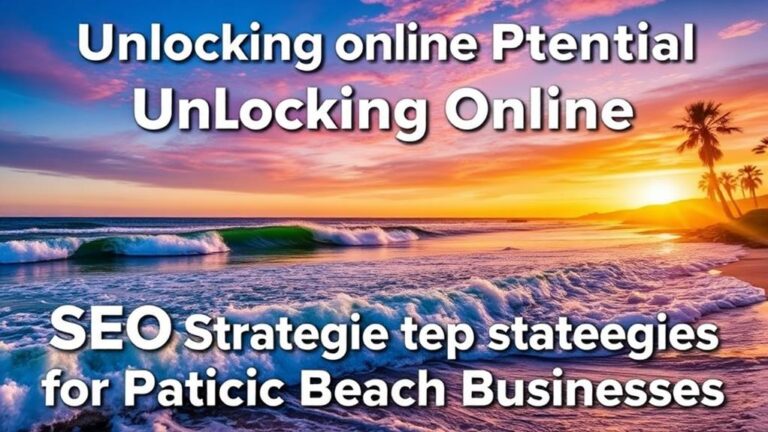Did you know a huge 99% of all search terms are in four intent categories? These are informational, navigational, commercial, and transactional. This fact highlights the value of knowing keyword intent to boost your site’s traffic.
Understanding a user’s search intent is key for website traffic. Google values user intent a lot for SEO ranking. Aligning keywords with search intent helps increase traffic and draw in qualified prospects. This boosts conversions too.
Keyword intent affects more than content making. It helps with PPC ads and optimizing pages for sales. Adapting to search intent can improve rankings, even without more backlinks or SEO moves. Picture your content in “People also ask…” boxes, found in about 14% of searches. This offers great insight into what users want.
Exploring keyword intent lets marketers target their audience’s needs better. This approach improves user experience a lot. It also boosts visibility and interaction online. Now’s the time to use keyword intent marketing. It will take your website’s performance to new heights.
Understanding Keyword Intent and Its Importance
Keyword intent is about figuring out why someone is searching online. It helps marketers know what users want to find. Knowing the different kinds of keyword intent boosts SEO. It shows how to use keywords right.
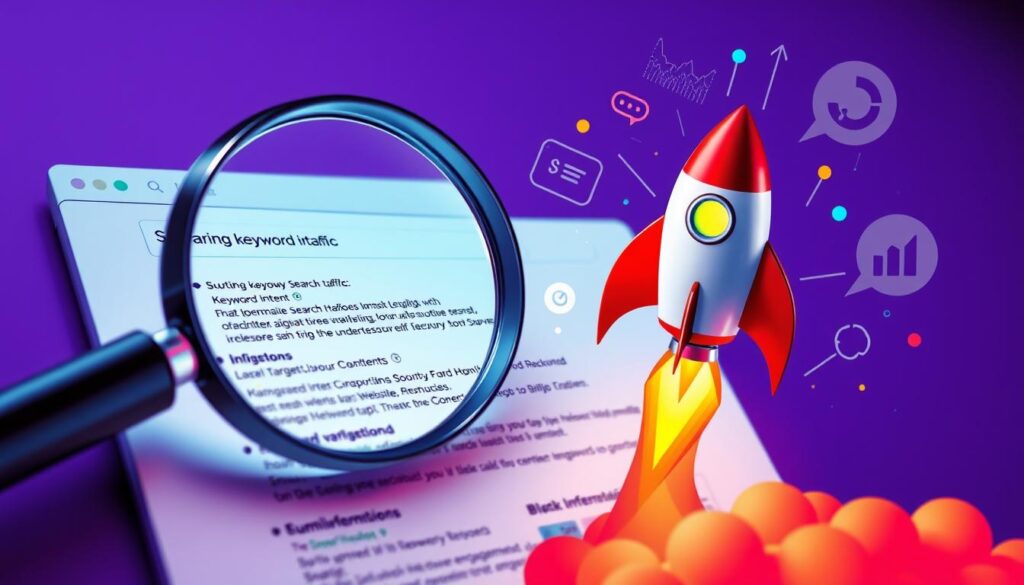
What is Keyword Intent?
Keyword intent shows the reason behind a search. It’s key to making content that connects with people. It tells us if users want info, to buy something, or just to look around.
Types of Keyword Intent
Here are the four main types of search intent:
- Informational: Users are looking to learn. About 80% of searches are like this.
- Commercial: Users show they want to buy. These searches are great for ads due to high sales chances.
- Transactional: Users are ready to buy now. Focusing on these keywords helps increase clicks and sales.
- Navigational: Users are trying to find a certain website. These are fewer but key for finding specific brands.
Benefits of Targeting High-Intent Keywords
Focusing on high-intent keywords helps a lot:
- Cost-Effectiveness: High commercial intent keywords save money. They help you not run through your budget too fast.
- Higher Conversion Rates: Ads with high-intent keywords get more clicks and sales. This leads to better returns.
- Enhanced Ad Relevance: These keywords mean users may buy. So, they’re great for ads like Google Shopping Ads.
Understanding keyword intent lets brands make smarter SEO strategies. This improves marketing and matches what users want. It leads to more engagement and better sales.
How to Optimize Keywords for Better Traffic
In 2024, using the right keywords can make your site rank higher. This attracts more visitors. The right keywords bring more relevant visitors, leading to more sales or leads. To do this well, start with good keyword research. It helps find the best keywords that shoppers are likely to use.

Keyword Research Techniques
Knowing what words your audience searches for is key. Tools like Google Trends, Semrush, and Ahrefs help find these important words. They show if words are for learning, finding places, buying, or something else. Place these words carefully in your content. Don’t just put them anywhere.
Identifying High Commercial Intent Keywords
Finding keywords that mean someone wants to buy is important. These words are powerful because they match what people want to buy. When picking words, think about if they are for info, finding places, buying, or other needs. Picking words that show someone wants to buy can make more people visit your site.
Leveraging Low-Intent Keywords
Using less direct keywords can still help build your brand. They guide potential buyers as they decide what to buy. Mix these with your main keyword to make your content richer. See what words competitors use to find good words for your site. This helps plan your keyword use.
Showing up in searches with the right keywords builds trust. It makes more people want to engage with your site. Analyzing search intent helps make your keyword strategy better. This makes sure your content really speaks to your audience.
Using Keyword Intent to Drive Traffic
Driving traffic through keyword intent needs precision and matching with what users want. By knowing what your audience needs, you make content that they are searching for. This pulls more visitors to your site. Keep an eye on content performance through analytics. This way, content stays relevant to user’s changing needs and questions.
Aligning Content with User Intent
It’s crucial to match content with what users are looking for. To do this well, study the top pages that show up for important keywords. This shows what users like and do. Here are steps to follow:
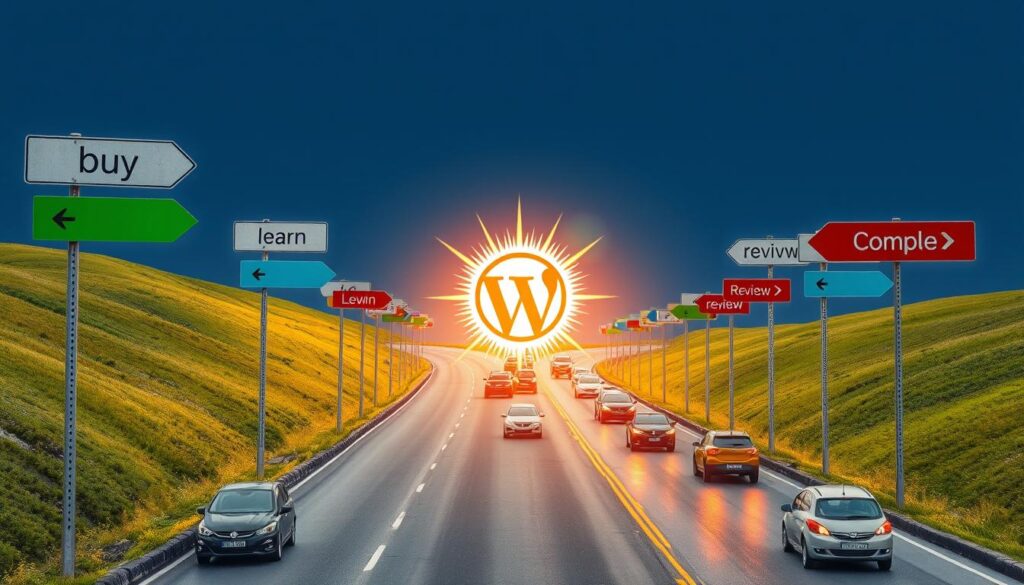
- Use tools like Semrush, AnswerThePublic, and Google search to figure out user searches.
- Add synonyms and related terms to cover more user questions.
- Look at your site’s searches to better understand and improve your content.
- Analyze data from users who converted to find high-value keywords for targeting.
Following these steps lets businesses make content that fits user intent. This boosts site traffic and user involvement.
Examples of Effective Keyword Intent Strategies
There are many ways businesses use keyword intent for better search results. Here are some examples:
- Customer Engagement Approach: Know user problems and needs by understanding how they speak and what they want.
- Collaboration with Front-Line Teams: Take keyword ideas from sales and support staff. This teamwork can cut support questions and lift sales.
- Search Engine Response Correlation: Match keywords to what search engines expect, improving SEO results.
- Targeting Based on Keyword Intent: Use “How to…” for educational searches and “Buy…” for purchase-ready users, boosting conversions.
Using these keyword intent strategies well improves user activity, lowers site exits, and increases traffic a lot.
High Intent vs. Low Intent Keywords: What’s the Difference?
In SEO and PPC, knowing the difference between high and low intent keywords is key. High intent keywords, also called transactional or commercial keywords, show a user’s readiness to buy or act fast. These keywords interest users who are ready to buy, increasing sales and conversions.
Low intent keywords, also known as informational or navigational keywords, draw in a wide audience. They provide essential early-stage info. This increases awareness and makes your brand more visible.
Impact on SEO and PPC Campaigns
High vs. low intent keywords change how SEO and PPC campaigns perform. High intent keywords often lead to better investment returns. They face less competition. This means higher rankings in search results and more targeted visitors. For PPC campaigns, they’re great for quick conversions.
Low intent keywords, on the other hand, are good for organic traffic and brand building. They might not convert as fast. But using both high and low intent keywords helps businesses reach a wide audience and convert buyers.
How to Identify User Intent
To find user intent, look at search queries and use tools like Google Keyword Planner, SEMrush, or Moz Keyword Explorer. These tools sort keywords by intent: navigational, informational, transactional, or commercial. High-intent keywords often have words like “buy,” “purchase,” “best,” or “vs.” They show a user is ready to buy.
Low intent keywords have broader terms. These are for info gathering or website navigation. Knowing user intent improves keyword strategy. It also helps make content that meets users’ needs. This boosts SEO and user interaction.


